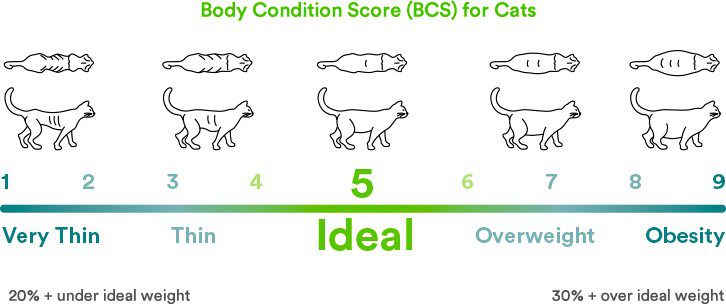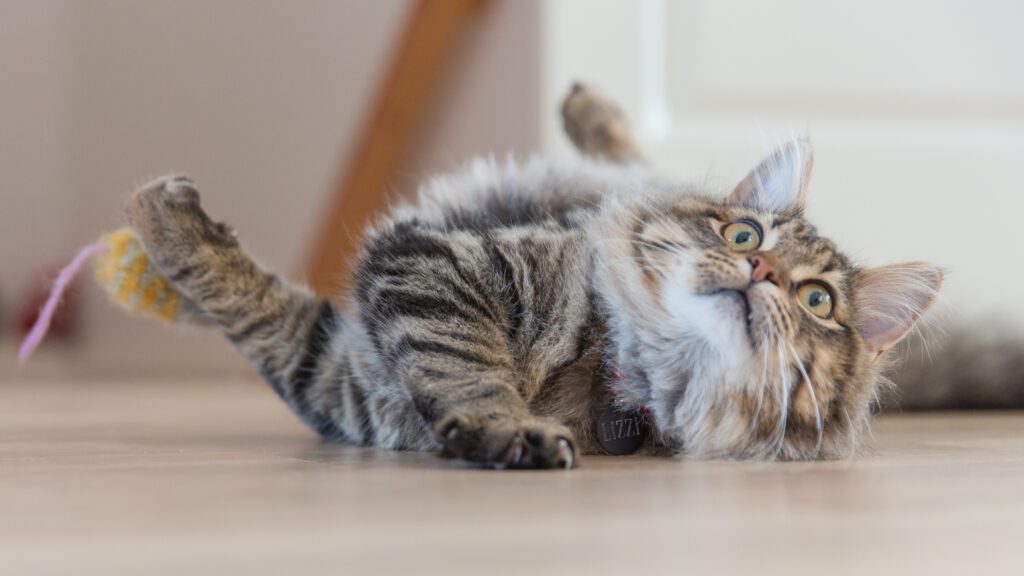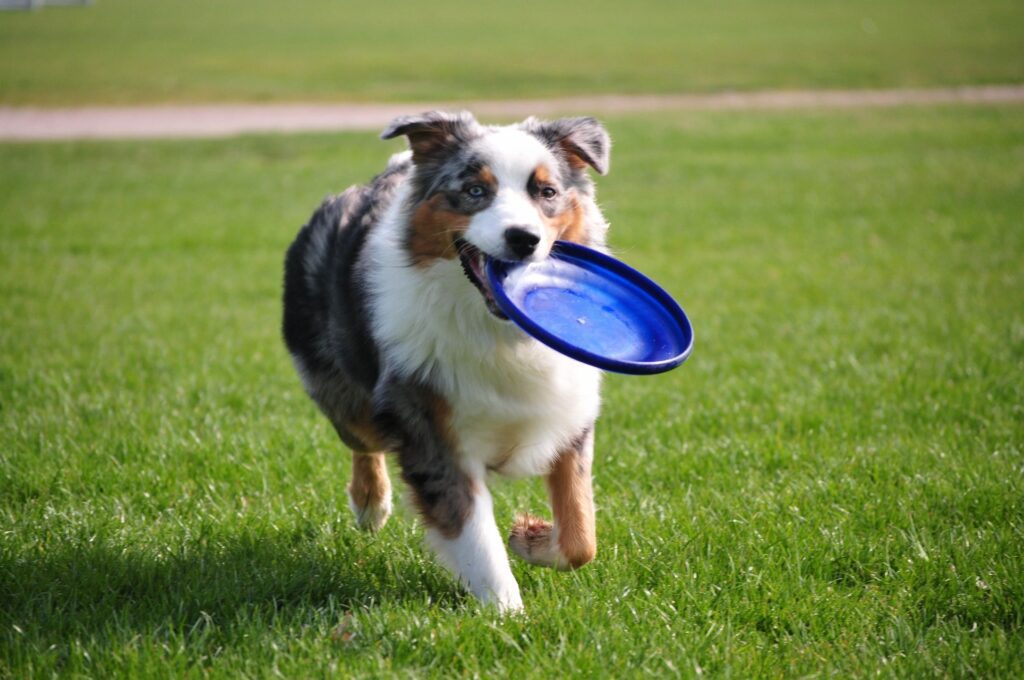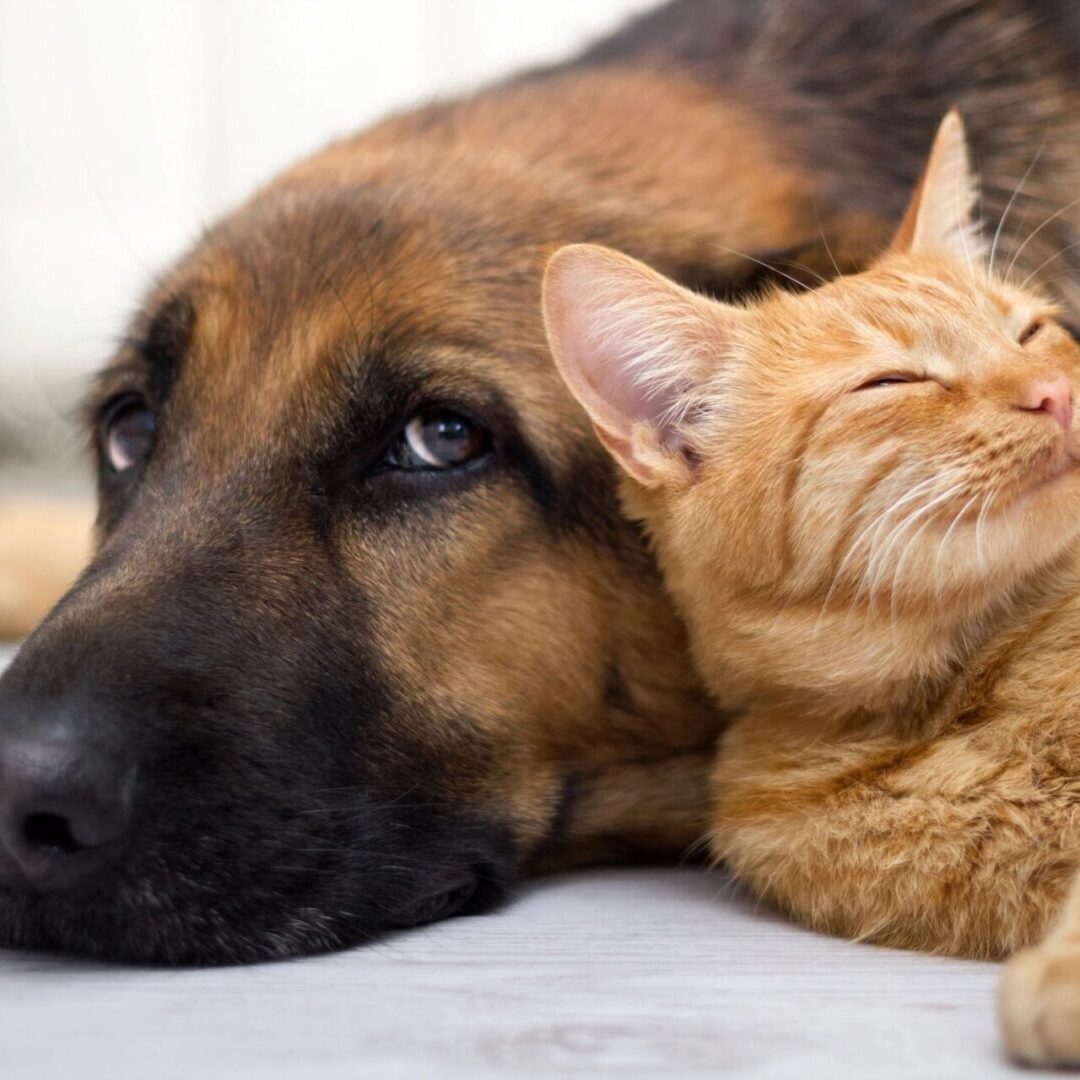Having a fur baby is an absolute blast! The adventures, cuddles, and heartwarming moments we share with our pets create memories that warm our hearts. It’s no wonder we want to take excellent care of them. After all, the longer and healthier their lives, the more amazing memories we get to make together.
However, there’s a growing concern in the pet world – obesity. Just like in us “hoomans,” obesity in pets means having excess body fat. When our furry friends weigh 10-20% more than their ideal body weight, they’re considered overweight. If it’s 20% or more, then they’re in the obese category.
Here’s a surprising fact: a whopping 59% of American dogs and 61% of cats are carrying a little extra fluff, or a lot, as the case may be. That’s more than half of our four-legged pals! This is a significant issue for pet health, but what’s even more surprising is that only 39% of dog parents think their pets are overweight.
It’s essential to remember that our pets are smaller than us “hoomans,” so an extra pound or three can make a big difference in their health!

So, how do we know if our beloved pets are carrying a bit too much weight?
There are various methods to determine this, but at pawTree, we suggest consulting your trusted veterinarian. Vets and their teams can not only assess your fur baby’s weight but also recommend an ideal body weight for optimal health.
Another useful tool is the Body Condition Score (BCS), which can help you gauge whether your pet is tipping the scales in the wrong direction.


Does It Matter If My Pet Is Obese?
Certainly! Your pet’s health is closely linked to their weight, and it’s essential to understand a few key facts about pet obesity:
- Fit Pets Live Longer
It’s a simple equation: dogs that maintain a healthy weight tend to live longer than their overweight counterparts. In fact, obesity on its own can shorten a dog’s life by up to 2.5 years! So, keeping your furry friend in good shape can lead to more quality time together.
- Obesity Comes with Health Challenges
Being a little chubby isn’t just a cosmetic issue. Even just five pounds above your pet’s ideal weight can increase their risk of various serious health problems. These may include arthritis, joint issues, Type 2 diabetes, respiratory and heart problems, and even several types of cancer. Maintaining a healthy weight can significantly reduce these risks.
- Weight Loss Equals Improved Mobility
If your pet is carrying extra weight, they might experience mobility issues. The good news is that shedding as little as 6% of their overall body weight can make a noticeable improvement in your fur baby’s mobility and overall vitality. So, helping them lose weight can lead to a more active and joyful life!

5 Ways To Reduce Your Pet’s Weight


There are many factors that can contribute to a pet being overweight, but ultimately what matters is getting your fur baby to a weight they can thrive at. Here are 5 tips to help your fur baby lose weight healthily.
1. Partner With Your Veterinarian
First and foremost, trust your veterinarian! Take your pet to the vet, and they’ll assist you in developing a diet and exercise plan that takes your fur baby’s needs into account.
2. Feed Nutritionally-Dense Food
When it comes to your pet’s health, it’s of utmost importance to choose high-quality, nutritionally-dense food. Many pet foods are full of fillers and empty calories, which make it tough for your fur baby to get the nutrients they need from their meals in a reasonable amount of calories.
Whether you choose freeze-dried raw food, kibble, or wet food, look for highly digestible, nutrient-rich food that is free of artificial flavors, preservatives, and added sweeteners — like pawTree’s.
3. Follow Feeding Guidelines

No matter what food you choose, be sure to follow the feeding guidelines on the product or refer to your veterinarian’s advice! If you’re looking for customized feedback on your fur baby’s diet, complete a Pet Profile for healthy recommendations.
4. Exercise Daily
Regular exercise is one of the most important factors in your fur baby’s overall well-being — regardless of their current weight. Whether you decide to take walks with your pet, play with them more often, or go on hikes, increasing your pet’s day-to-day movement will make a big impact on their health.
5. Give Out Treats Mindfully
It can be easy to give our pets endless amounts of treats—we love them so much! However, treats have calories that can add up quickly. Limit the number of treats to a recommended serving and look for filler-free treat options. Our Freeze-Dried Chicken, Apples And Kale pawTreats® are a great grain-free, all-natural, healthy, real-food option to spoil your fur baby with. By giving treats mindfully, you can reduce unnecessary calorie consumption and aid in weight management.

At the end of the day, pet parents just want their fur babies to thrive! By being aware of the pet obesity epidemic and managing our pet’s weight, we promote the health and longevity of our furry companions — and get to create more lasting memories together.

